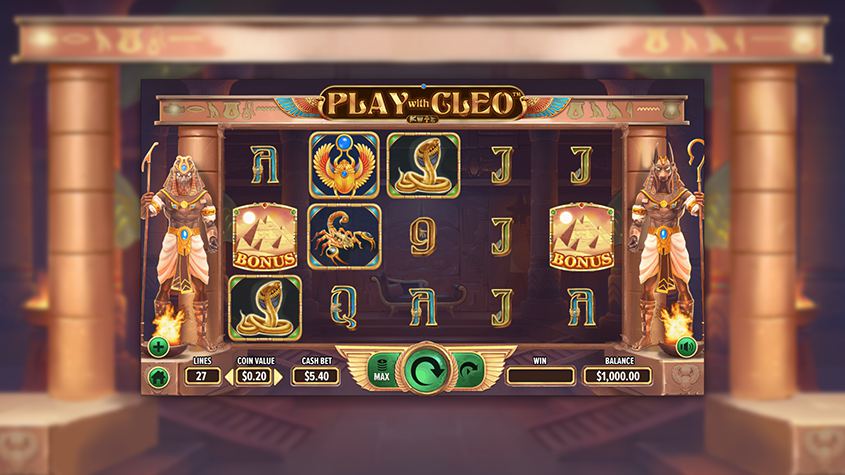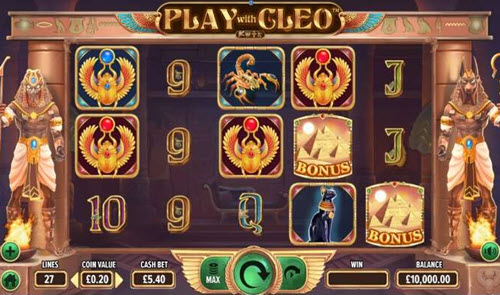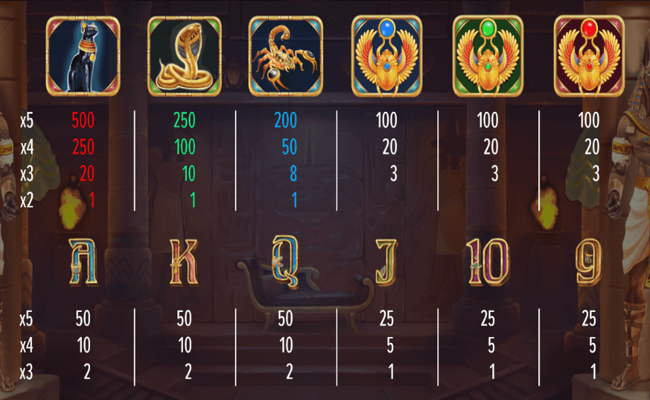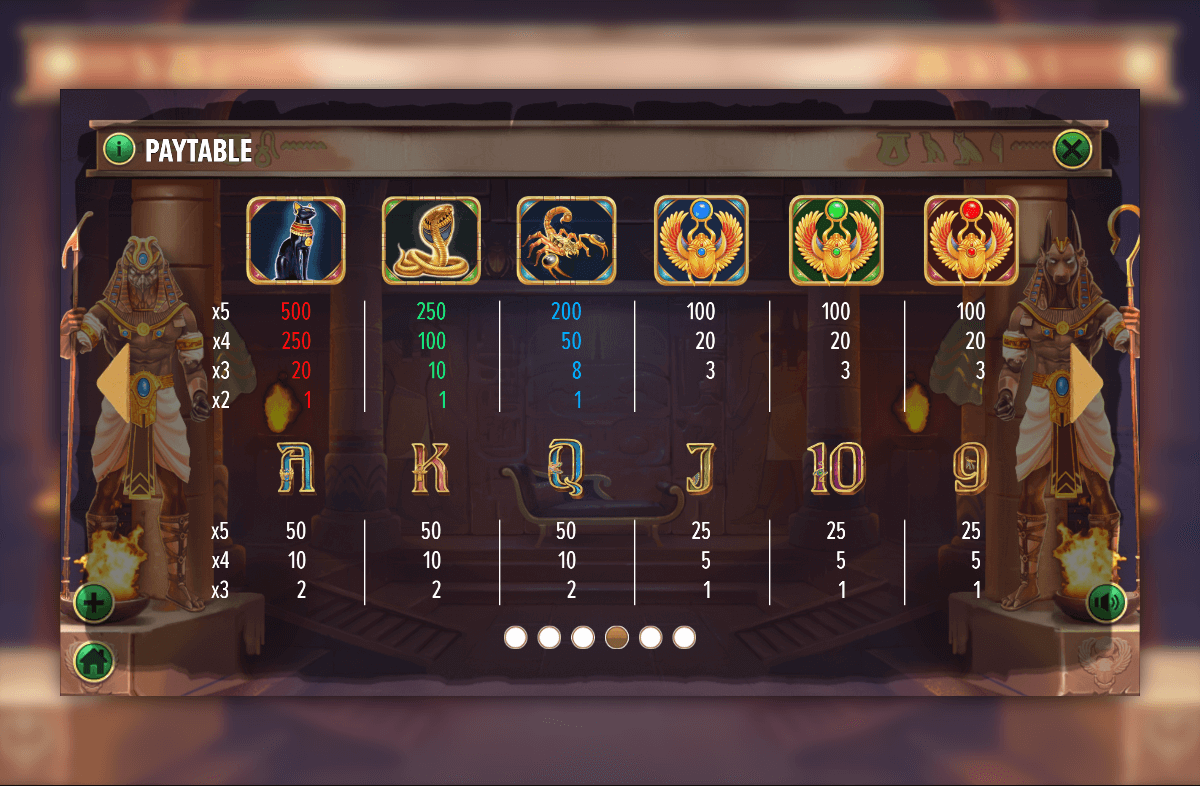How To Play Play With Cleo

The digital pet industry, once a niche market, is now a multi-billion dollar ecosystem with apps like Play with Cleo leading the charge. Parents and educators, while acknowledging the potential benefits of virtual companionship, are raising critical questions about screen time, data privacy, and the psychological impact of these interactions on children. This detailed guide seeks to navigate the often confusing landscape of Play with Cleo, providing a comprehensive overview of its features, functionalities, and potential pitfalls.
This article serves as an informational compass, guiding users through the multifaceted world of Play with Cleo. It delves into the app's gameplay mechanics, highlighting key features and interactive elements. Beyond the surface level, it addresses the growing concerns surrounding data security, parental controls, and the potential for overuse. Ultimately, the aim is to empower users to make informed decisions about incorporating Play with Cleo into their lives.
Getting Started with Cleo
Play with Cleo is available on both iOS and Android platforms. Downloading the app from the official app stores is the first step.
After installation, users are prompted to create an account, typically requiring an email address and password. Parents should ensure they understand the privacy policies during this registration process.
Following account creation, users can begin personalizing their Cleo, choosing from various customization options like fur color, accessories, and initial personality traits.
Gameplay Mechanics
The core gameplay revolves around interacting with Cleo through a variety of activities. These activities include feeding, grooming, playing games, and teaching Cleo new tricks.
Each interaction contributes to Cleo's happiness and overall well-being, tracked through in-app metrics. Neglecting Cleo can lead to negative consequences, such as sadness or illness, requiring attention and care from the user.
Many actions within the game require in-game currency, which can be earned through gameplay or purchased with real money. This introduces the concept of in-app purchases, a point of concern for many parents.
Navigating the User Interface
The user interface is designed to be intuitive, especially for younger users. Key functions are typically accessed through clearly labeled icons and menus.
A central hub displays Cleo's current status, including hunger, happiness, and energy levels. From this hub, users can navigate to different activities and customization options.
A dedicated settings menu allows users to adjust audio settings, manage notifications, and review the app's privacy policy. Parental control options, if available, are usually located within this section.
Addressing Data Privacy Concerns
Data privacy is a paramount concern in the digital age, and Play with Cleo is no exception. Users should carefully review the app's privacy policy to understand what data is collected and how it is used.
Many apps collect data on user behavior, including playtime, interaction patterns, and in-app purchases. This data can be used for targeted advertising or to improve the app's functionality.
Parents should be aware of the Children's Online Privacy Protection Act (COPPA), which places restrictions on the collection of data from children under 13. Check that the app is COPPA compliant.
Parental Controls
Robust parental controls are essential for managing children's access to Play with Cleo. These controls can help limit screen time, restrict in-app purchases, and manage communication features.
Some apps offer features like time limits, which automatically restrict access to the app after a certain period. Purchase restrictions prevent children from making unauthorized in-app purchases.
Activating these parental controls is a crucial step in ensuring a safe and responsible gaming experience for children.
Balancing Screen Time and Real-World Activities
Excessive screen time is a growing concern for children and adults alike. It is essential to strike a balance between virtual interactions and real-world activities.
Encourage children to engage in physical activities, such as playing outdoors, participating in sports, or simply going for a walk. These activities promote physical health and social development.
Set clear boundaries regarding screen time and ensure that Play with Cleo is not interfering with schoolwork, sleep, or social interactions.
The Psychological Impact
While virtual pets can offer companionship and entertainment, it is important to be aware of the potential psychological impact. Over-reliance on virtual interactions can lead to feelings of isolation or detachment from the real world.
Encourage children to develop real-world friendships and participate in social activities. Virtual pets should complement, not replace, real-life relationships.
Be mindful of any signs of addiction or excessive attachment to the app. Seek professional help if necessary.
The Future of Virtual Companions
The virtual pet industry is constantly evolving, with new technologies and features emerging all the time. Artificial intelligence (AI) is playing an increasingly important role, enabling more realistic and personalized interactions.
Voice recognition and natural language processing are being integrated into virtual pet apps, allowing users to communicate with their pets in a more natural way. Augmented reality (AR) is also being used to bring virtual pets into the real world.
As technology advances, virtual pets are likely to become even more sophisticated and integrated into our lives. However, it is essential to approach these technologies with caution and awareness, ensuring that they are used responsibly and ethically.

















